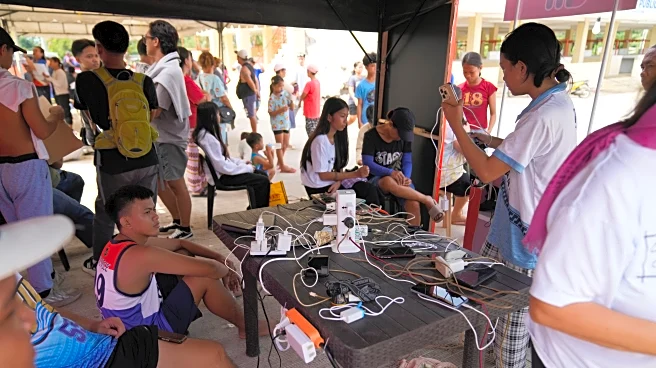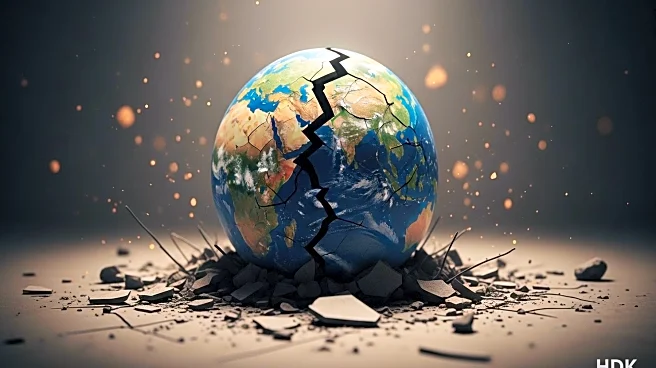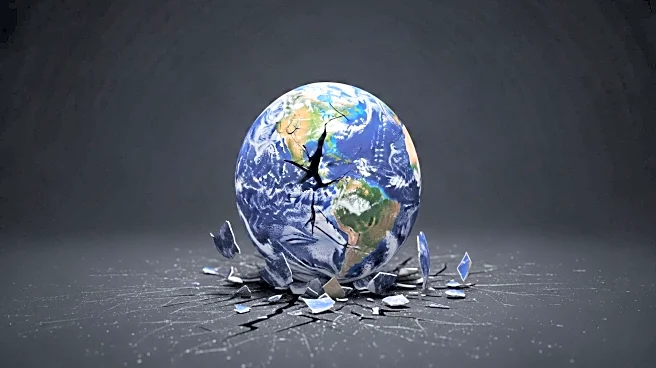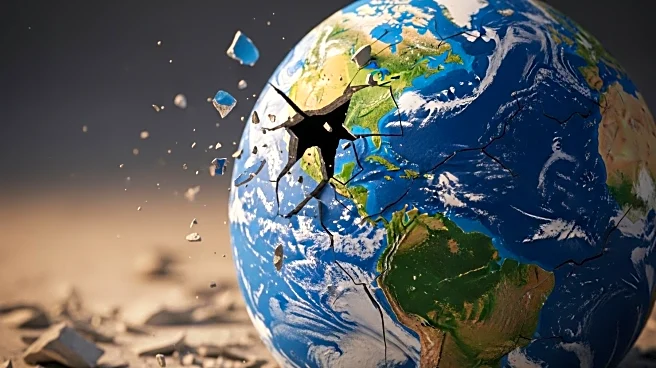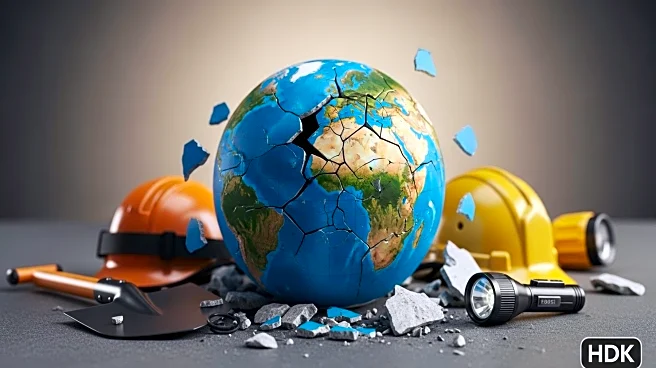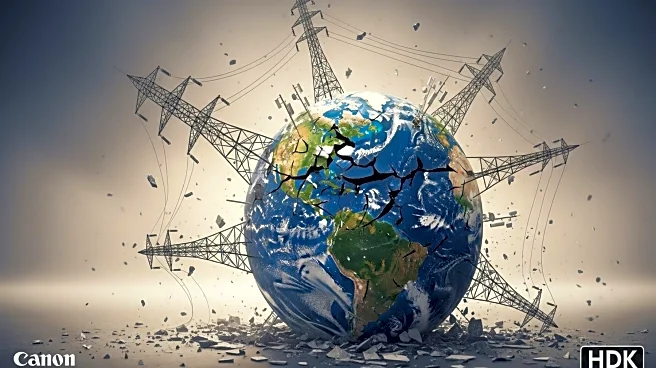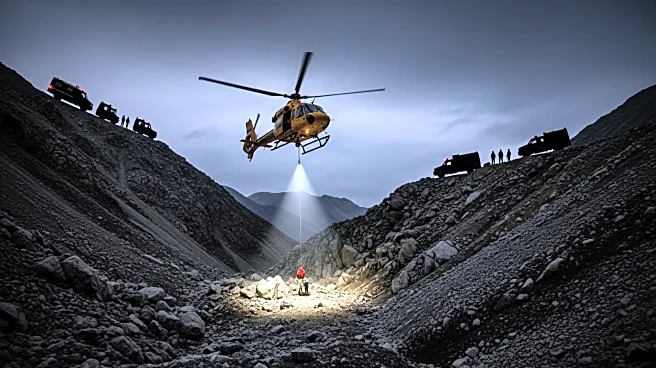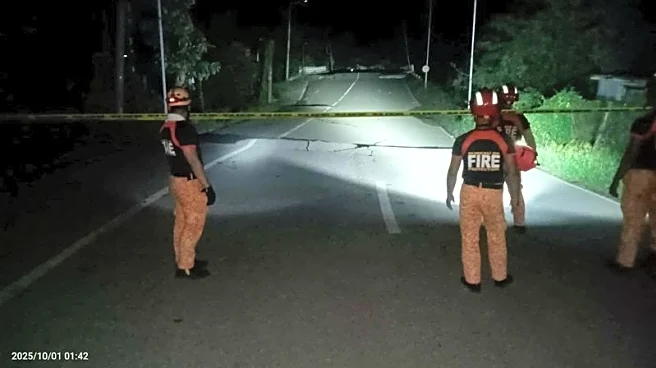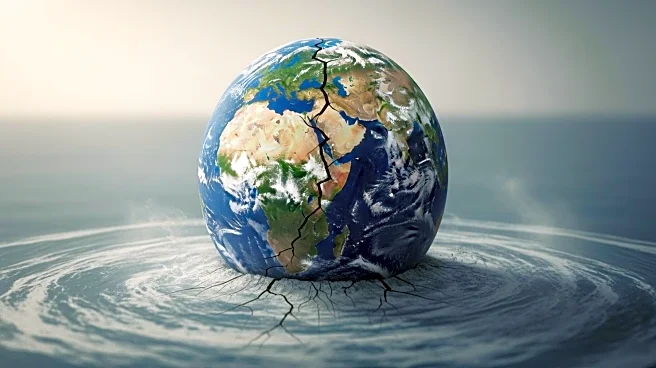What's Happening?
A 6.9-magnitude earthquake struck the central Philippines, particularly affecting the city of Bogo in Cebu province. The disaster has resulted in at least 72 fatalities and nearly 300 injuries. The earthquake caused significant structural damage, including the collapse of buildings and a seaport. President Ferdinand Marcos Jr. visited the affected area to assess the damage and offer support. The United States and other countries have extended their condolences and offered assistance. The earthquake was triggered by a shallow undersea fault line that had been inactive for centuries.
Why It's Important?
The earthquake highlights the vulnerability of the Philippines to natural disasters due to its location on the Pacific 'Ring of Fire.' The event underscores the need for robust disaster preparedness and response strategies in the region. The international response, including offers of aid from the U.S., China, and Japan, reflects the global community's role in disaster relief. The economic impact on the affected areas could be significant, with infrastructure damage potentially hindering local economies and requiring substantial rebuilding efforts.
What's Next?
Rescue operations are ongoing, with efforts to locate any remaining survivors. The focus will likely shift to recovery and rebuilding, with international aid playing a crucial role. The government may need to review and strengthen building codes and disaster preparedness measures to mitigate future risks. The psychological impact on survivors and the broader community will also need to be addressed, with support services likely required.
Beyond the Headlines
The earthquake may prompt a reevaluation of seismic risk assessments and building standards in the Philippines. It also raises questions about the adequacy of current disaster response frameworks and the need for improved early warning systems. The event could lead to increased international collaboration on disaster risk reduction and management strategies.

